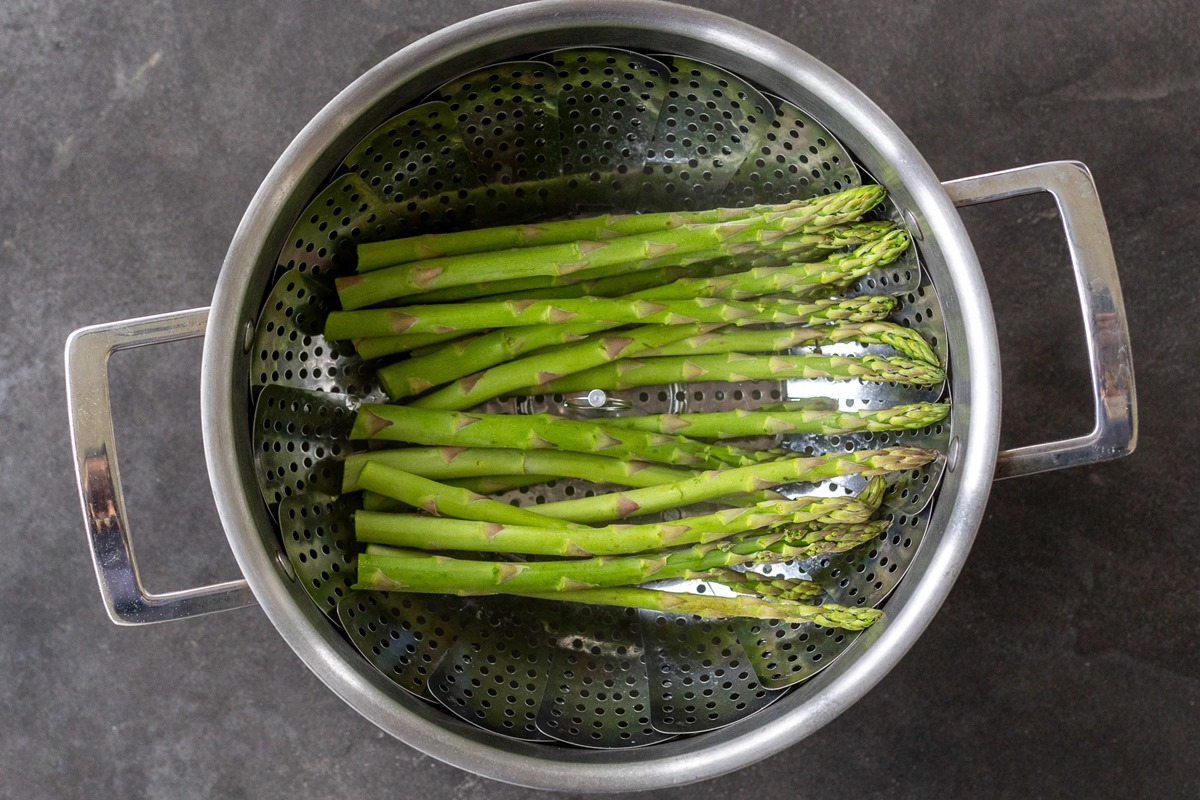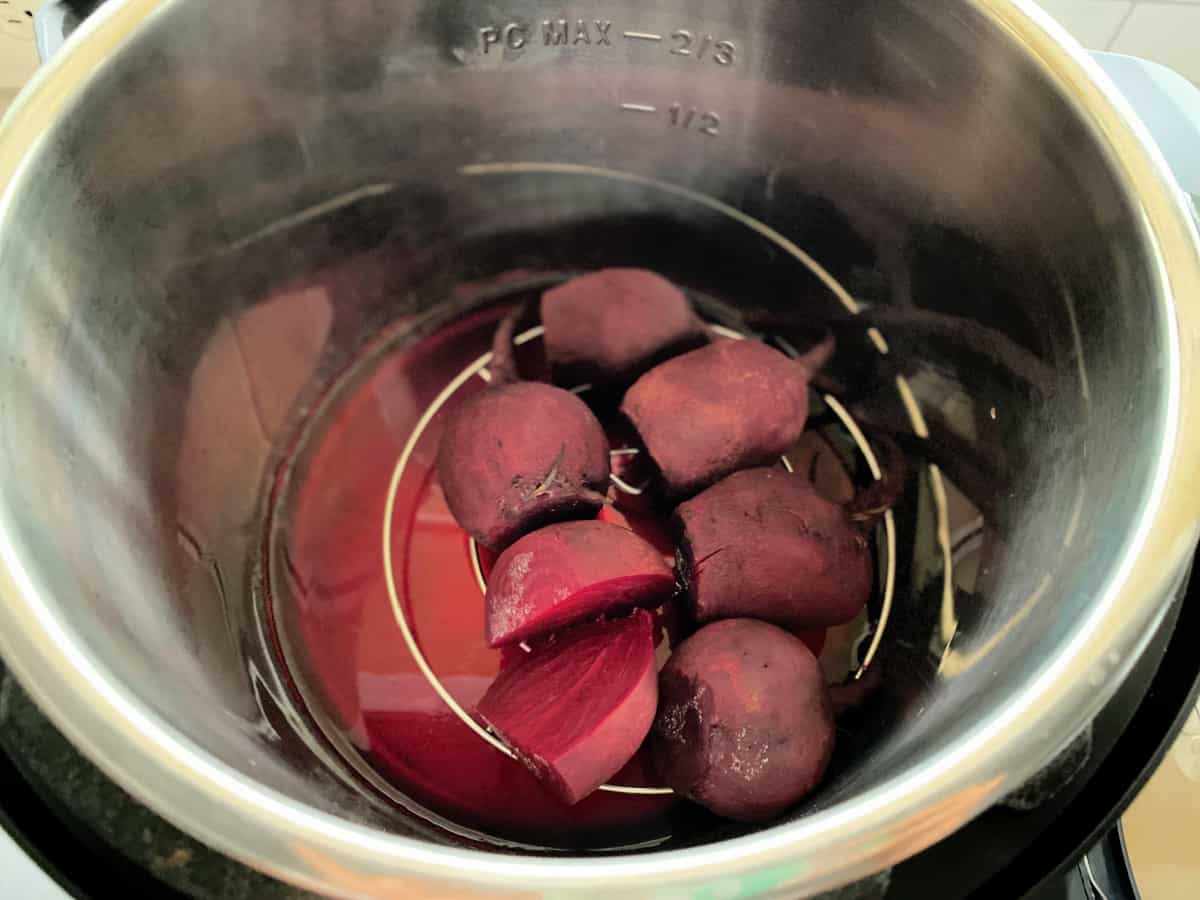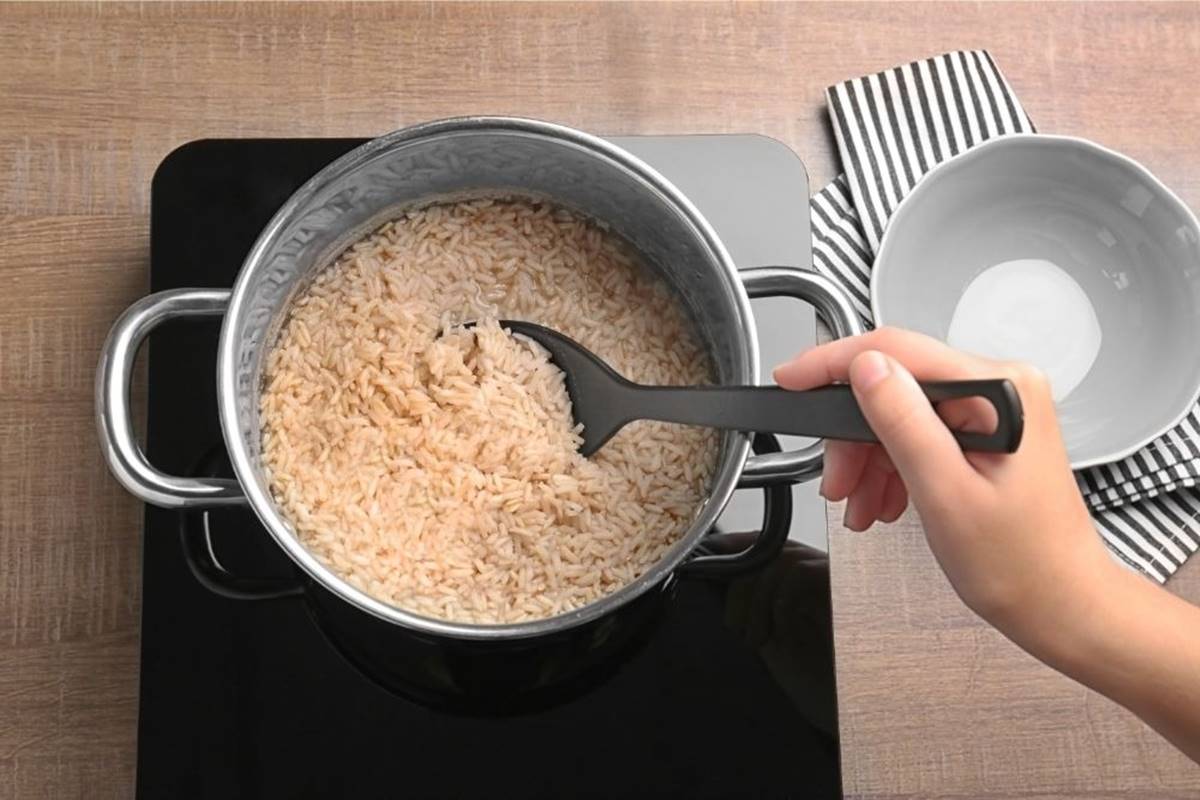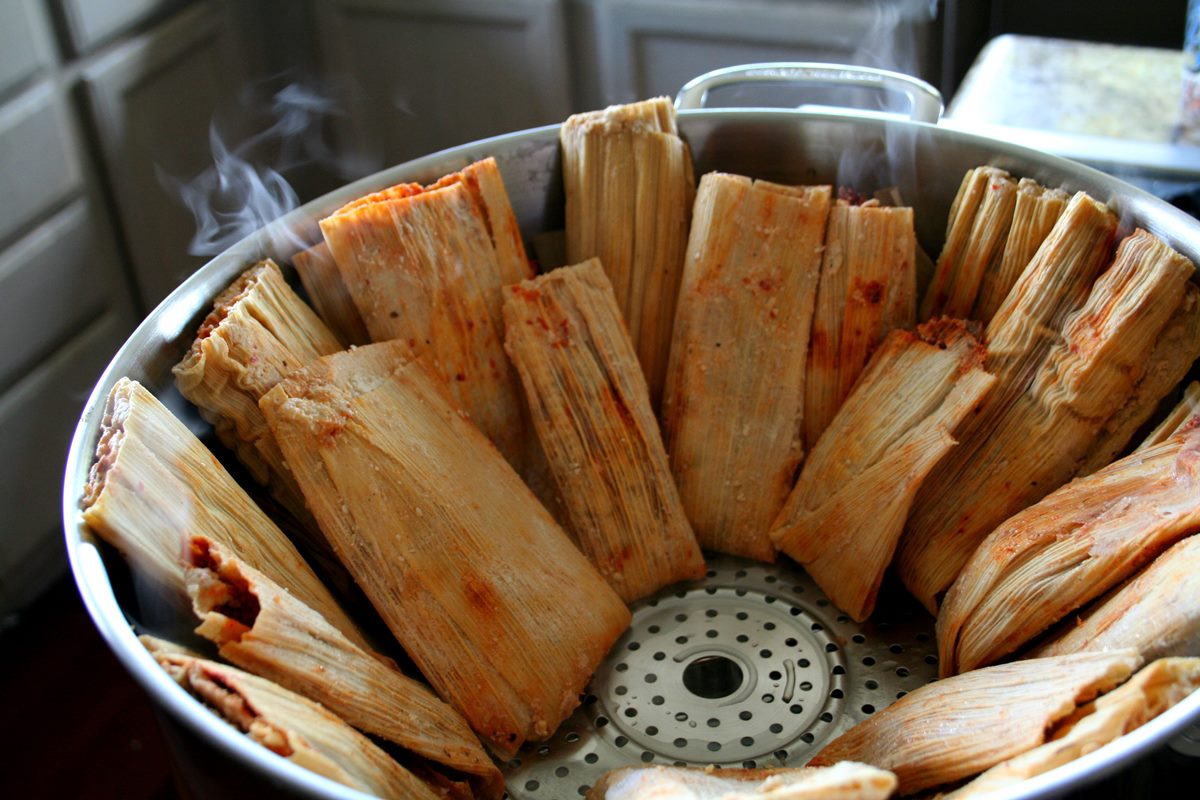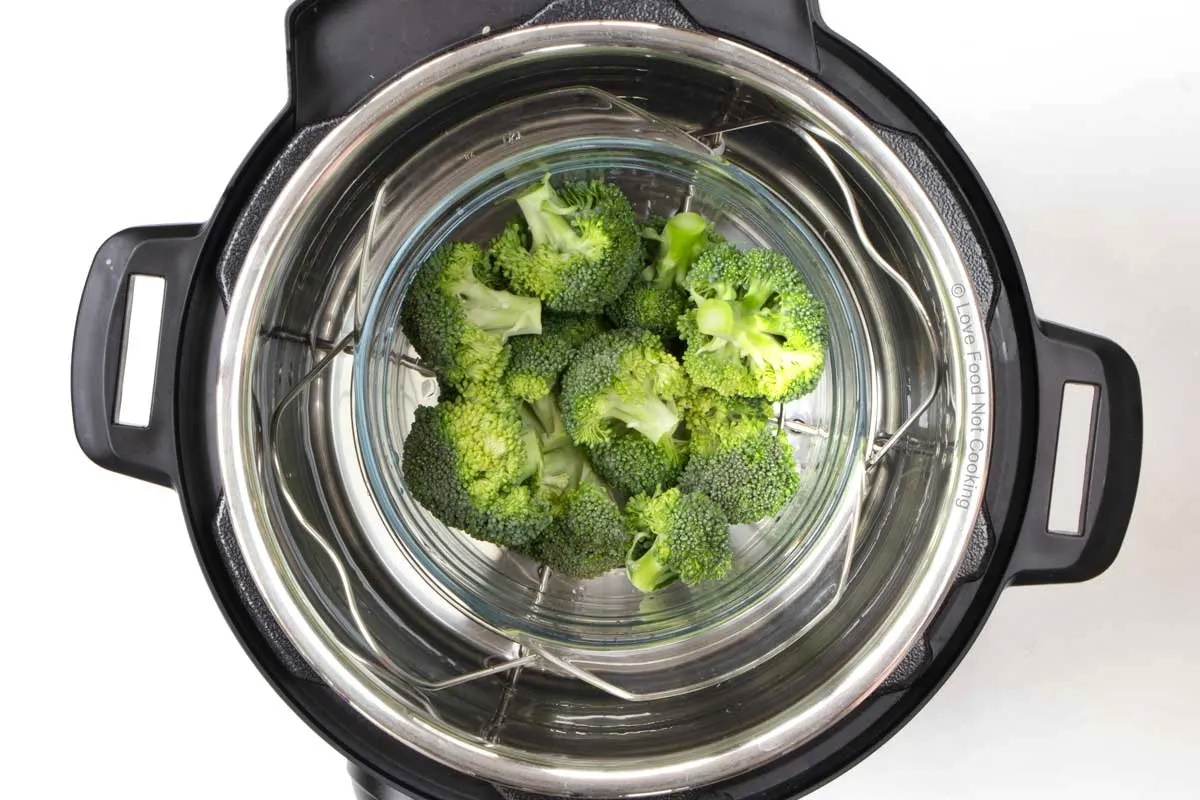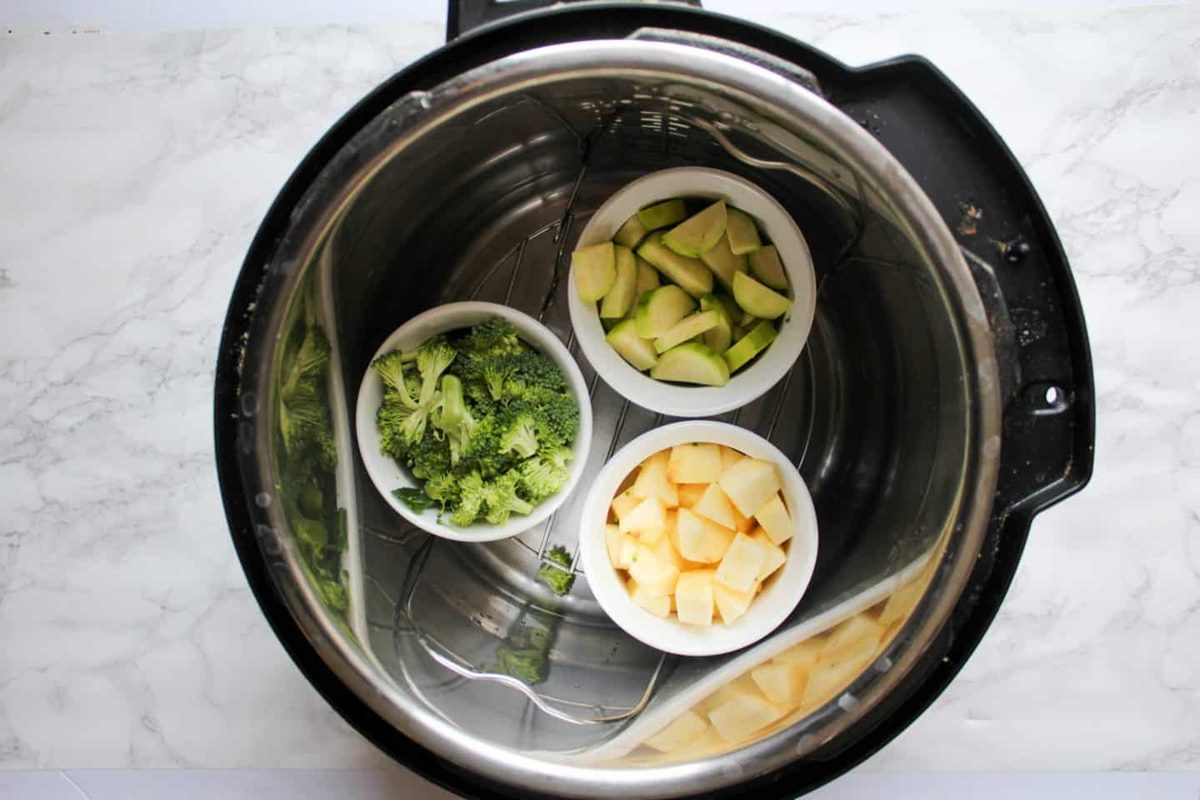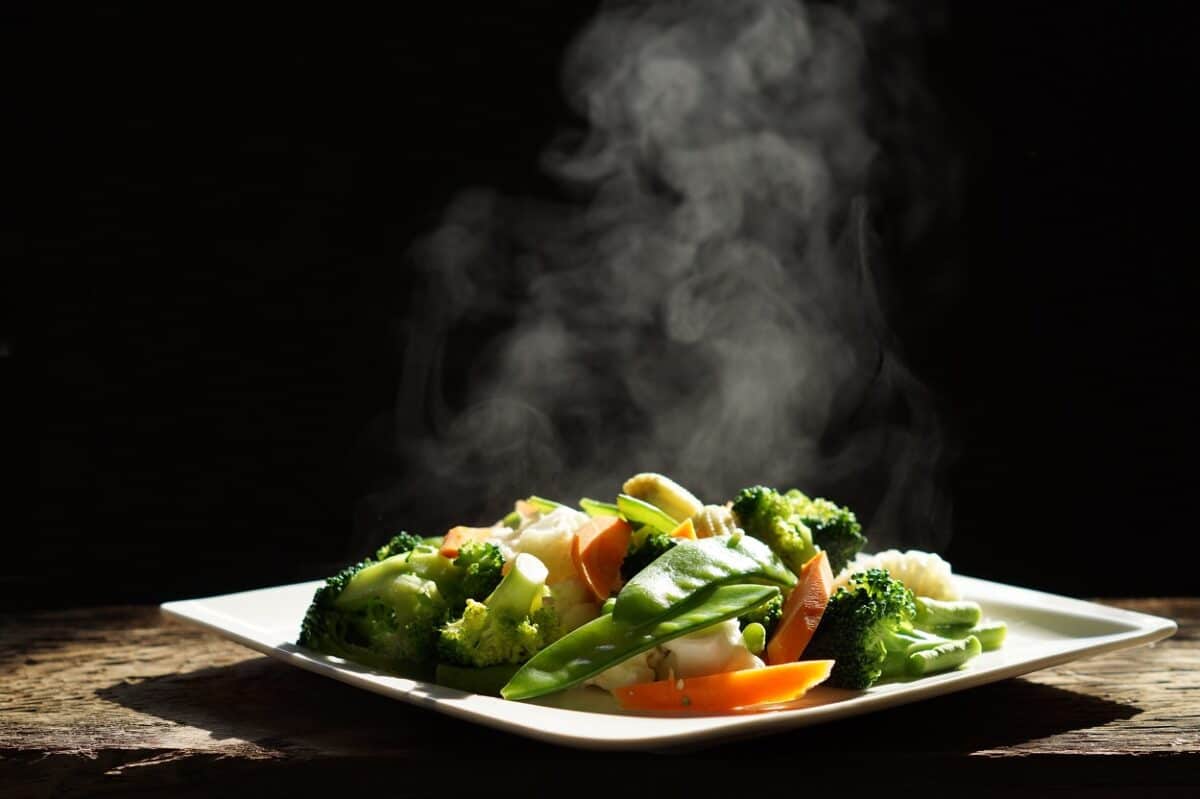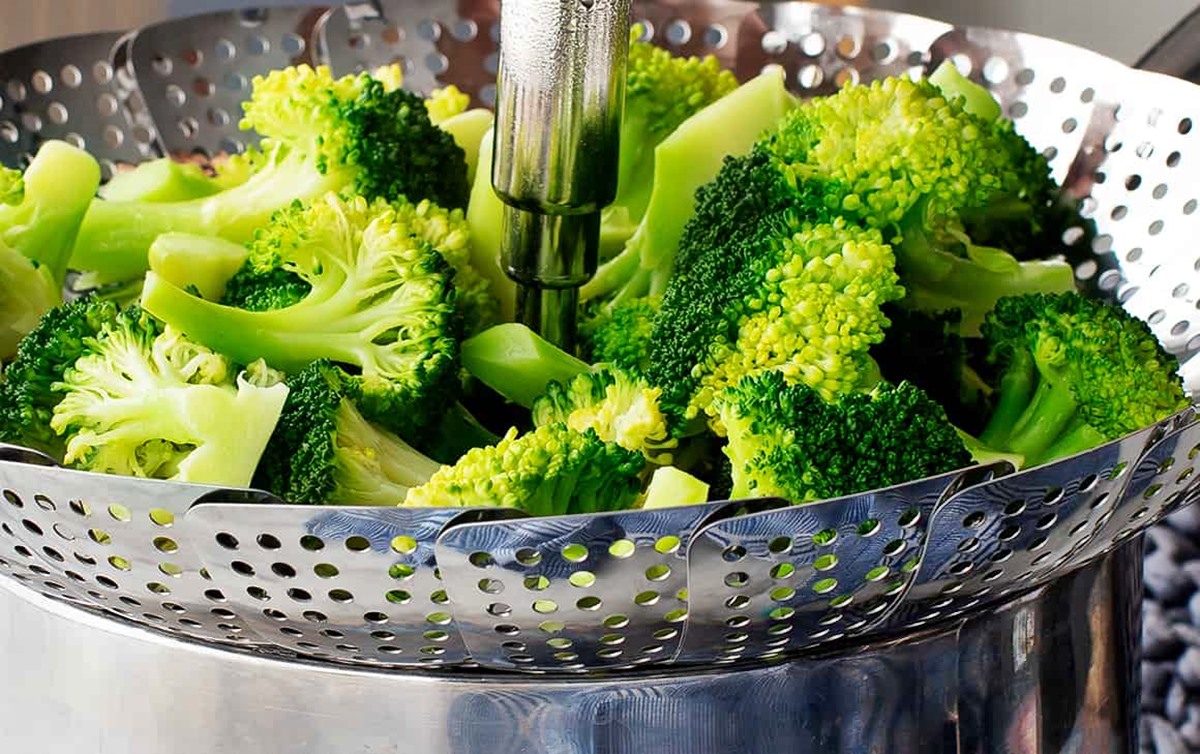Steaming Vegetables: A Nutritious and Easy Cooking Method
Welcome to our blog, where today we will be exploring the wonderful world of steaming vegetables in a steamer. Steaming is a simple yet effective cooking method that not only preserves the natural flavors and colors of vegetables but also retains their essential nutrients. Whether you are a seasoned chef or a beginner in the kitchen, steaming vegetables is a versatile and healthy technique that should be in your culinary repertoire.
Why Steam Vegetables?
Steaming vegetables is a popular choice for many reasons. Here are a few key benefits:
- Preserves Nutrients: Unlike other cooking methods that involve boiling or frying, steaming vegetables helps to retain their natural goodness. The gentle heat of steam helps preserve vital vitamins and minerals that are often lost through other cooking methods.
- Enhances Flavor and Texture: Steaming vegetables allows them to maintain their vibrant colors, crispness, and natural flavors. It brings out the inherent sweetness of many vegetables, making them a delight to eat.
- Quick and Easy: Steaming vegetables is a hassle-free process that requires minimal preparation and clean-up. It is a time-saving method, as vegetables cook relatively quickly in a steamer.
- Versatile: A steamer can accommodate a wide variety of vegetables, ranging from leafy greens like spinach and kale to root vegetables like carrots and potatoes. It is a flexible cooking technique that can be adapted to suit different tastes and preferences.
How to Steam Vegetables in a Steamer
Now that you are convinced of the benefits of steaming vegetables, let’s dive into the step-by-step process:
- Choose the right steamer: There are different types of steamers available, such as stovetop steamers, electric steamers, and microwave steamers. Choose the one that suits your needs and preferences.
- Prepare the vegetables: Wash and clean the vegetables of your choice. Trim off any excess stems or leaves and chop them into uniform sizes to ensure even cooking.
- Add water: Fill the base of the steamer with the required amount of water. Be sure not to overfill, as the water should not come in contact with the steaming basket.
- Arrange in the steaming basket: Place the vegetables in the steaming basket, making sure not to overcrowd them. Leave some space for the steam to circulate and cook the vegetables evenly.
- Steam: Cover the steamer and place it over medium heat. Allow the vegetables to steam for the recommended time, which varies depending on the type and size of the vegetables. A general guideline is to steam them for about 5-10 minutes or until they are tender but still retain their crispness.
- Season and serve: Once the vegetables are steamed to perfection, remove them from the steamer. Season them with your favorite herbs, spices, or a drizzle of olive oil. Serve them as a side dish, toss them into salads, or incorporate them into your favorite recipes.
Steamed vegetables are not only a delightful addition to any meal but also a guilt-free way to enjoy their nutritional benefits. Experiment with different combinations and flavors to find your favorite steamed veggie medley.
Conclusion
Steaming vegetables in a steamer is a simple and effective cooking method that helps retain their nutrients, flavors, and textures. It is a versatile technique that can be easily incorporated into your daily cooking routine. So, next time you want to enjoy a plate of delicious and nutritious vegetables, reach for your steamer and discover the wonders of steaming!
We hope you found this guide on how to steam vegetables in a steamer helpful. Stay tuned for more useful tips, recipes, and culinary inspiration!
Was this page helpful?
Read Next: How To Steam Soft Boiled Eggs


